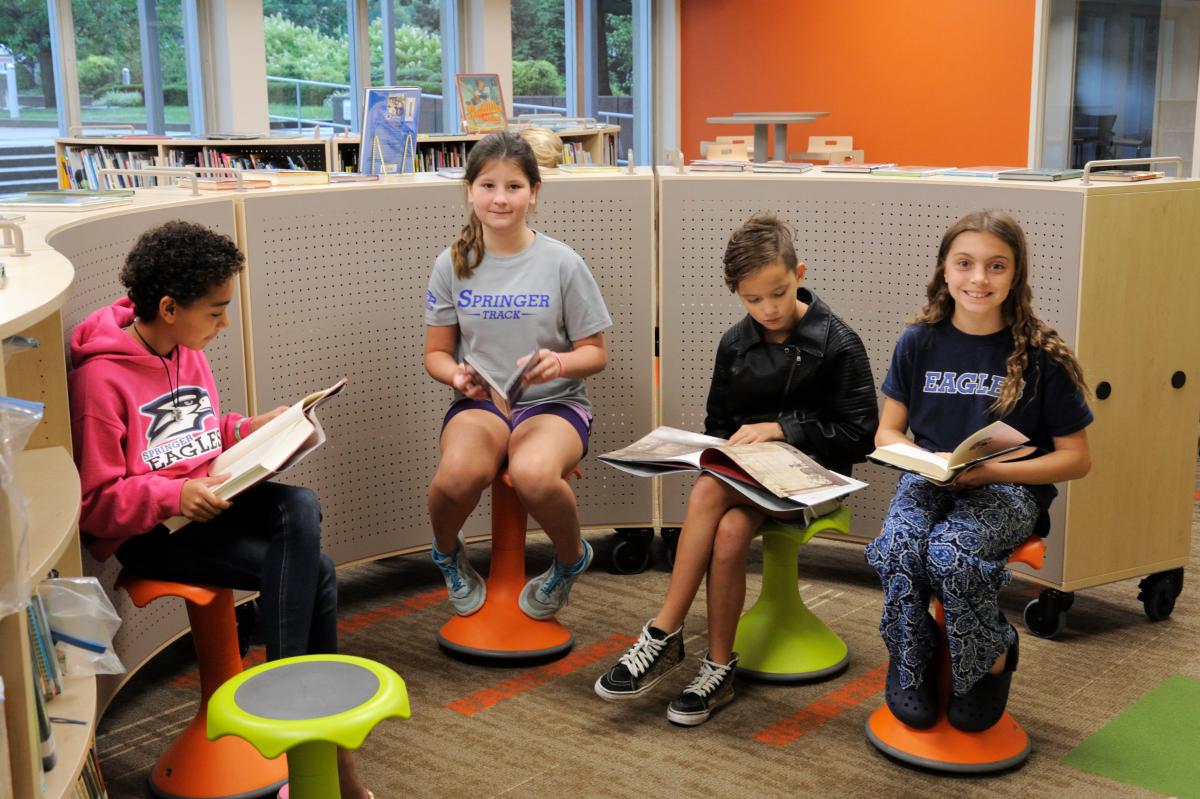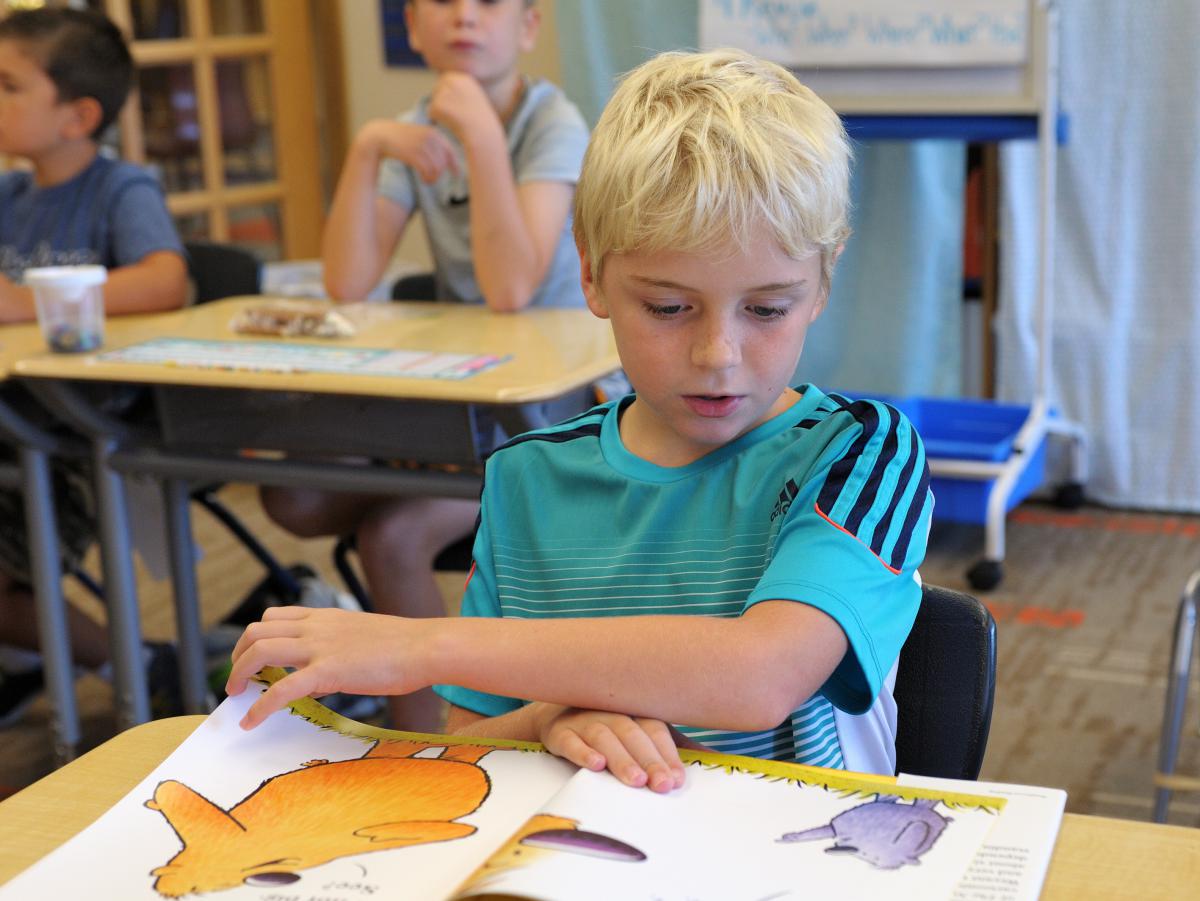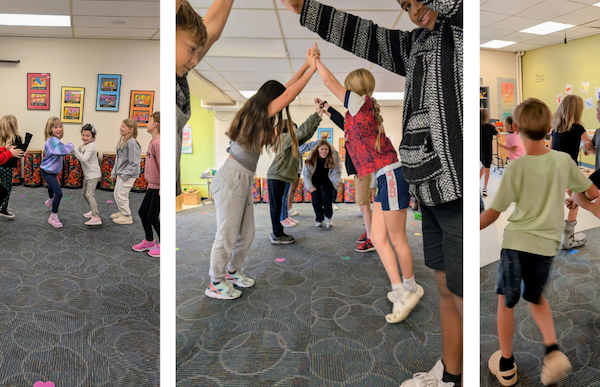
What Is Dyslexia?
August 29, 2018
My Student Is Not Meeting the Reading Benchmarks at School
September 19, 2018Dyslexia is a language-based learning disability. Dyslexia can appear as a challenge in decoding unfamiliar words, spelling, using correct grammar, understanding and using language to express oneself verbally, writing, or in a slow reading or writing pace.
A major consideration is whether there is a family history of difficulty in learning to talk or read. It has been recognized that dyslexia “runs in families” for over a hundred years. From 30 to 60 percent of children who have a parent or sibling with dyslexia will also have some difficulty in learning to read. About as many boys as girls are later diagnosed with a reading disability.
Preschoolers don’t typically read. So, how can a parent recognize that language is lagging in their youngster? In general, by 12 months of age a child should say approximately 10 words – mama, dada, ball, car, go, bye-bye are examples. When the parent names an object, the child can point to it, such as “doggie” or “car.”
By age two, children can say approximately 20 words, understand “no,” point to body parts and put two words together such as “go bye-bye.”
By age three, a child can say their first name, has a vocabulary of around 400 words and asks questions; “Where’s Mom?” or “What’s that?” Children this age try to get adult attention. The child can answer “Where” questions. They can match a few colors. They name common objects.
By age four, a child can relate a simple series of events as in a story. They can speak in four- to five-word sentences. Their vocabulary is close to 1000 words.
The child who later displays a challenge in acquiring reading skill was typically a youngster whose language was delayed or difficult to understand. Parents describe them as “A man of few words,” or they say, “She lets her brother talk for her.” While the child can talk, they talk only when they have to. The child will respond to “yes or no” questions, but will not spontaneously add more information. Parents may notice that the child has a much smaller vocabulary than peers. It may be difficult for those outside of the family to understand what they are saying.
When a child is diagnosed with a reading disability, parents may recall that they disliked being read to, or merely tolerated it. The child may not have responded to the rhyming in Dr. Seuss books. For example, in “Hop on Pop” they can’t come up with other words that rhyme with hop or pop.
A good resource is the American Speech, Hearing and Language Association for information on typical language development in the preschool years. They also have suggestions for activities that parents can engage in with their child to develop language skills.

If you suspect that your child has a language or other developmental delay and is less than three years old, every state has an Early Intervention program that provides evaluations and treatment, if warranted. In Ohio, the program is called “Help Me Grow” and in Kentucky it is “First Steps.” Their services are free.
Beginning at age three, contact your local school district. You are looking for the person in charge of Early Childhood Education. If your child is found to have a language delay, they may be eligible for free services, such as preschool, in the school district.
If you are worried, there is no harm in having an evaluation done, and it is at no cost to you! If your child is found to have a delay, services are provided at no cost. We know that the earlier intervention begins, the better the outcome.
Blogger Mary Ann Mulcahey, PhD, shares her expertise in assessment and diagnosis of learning disabilities and ADHD, and the social/emotional adjustment to those issues. If you have questions, please contact Dr. Mulcahey at .




